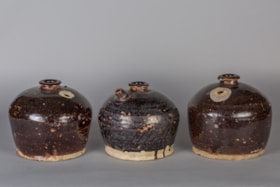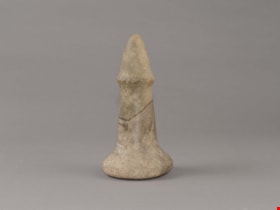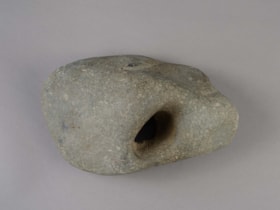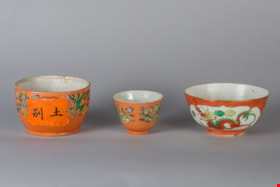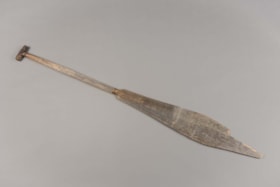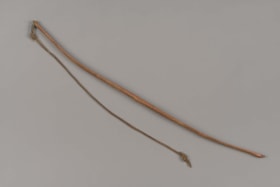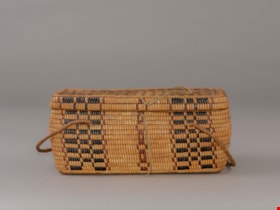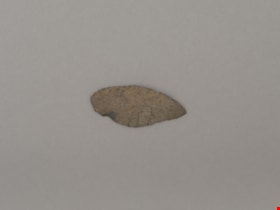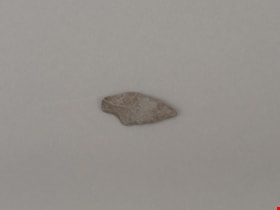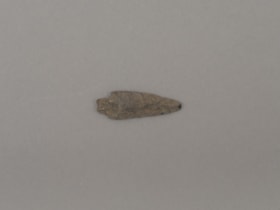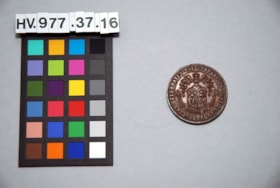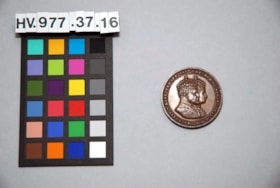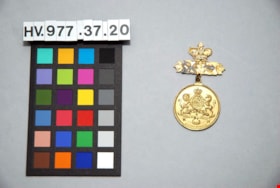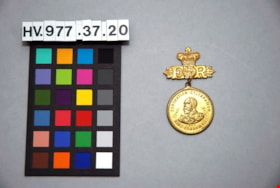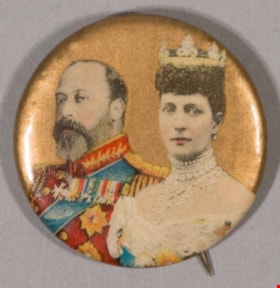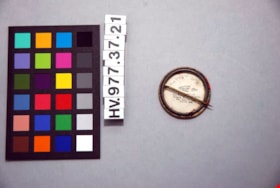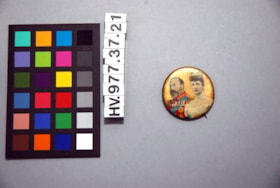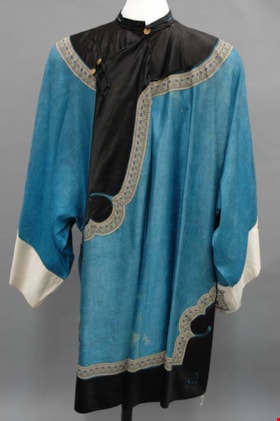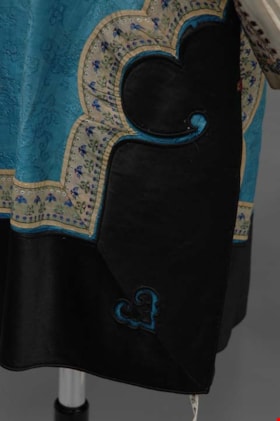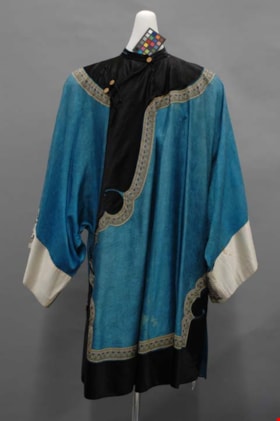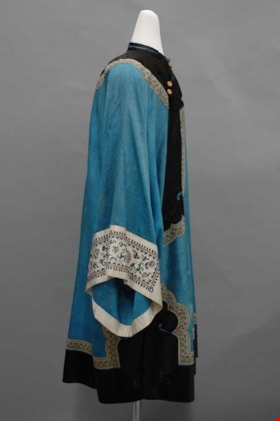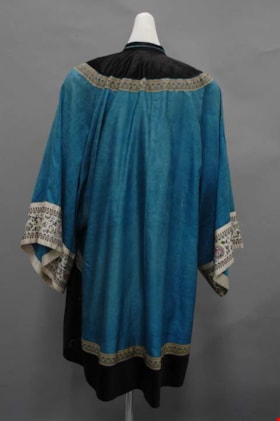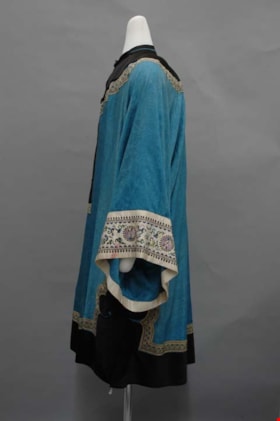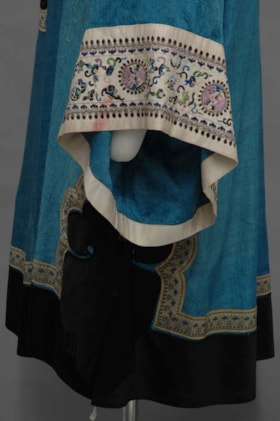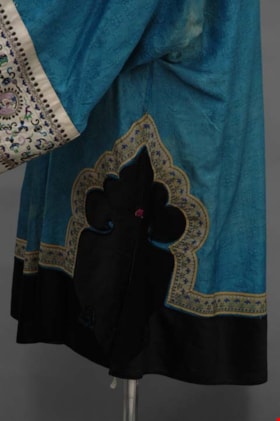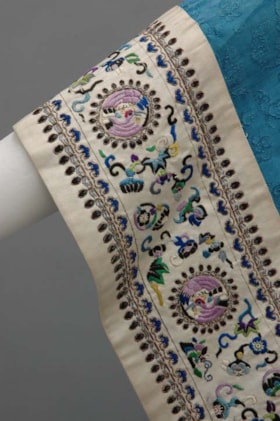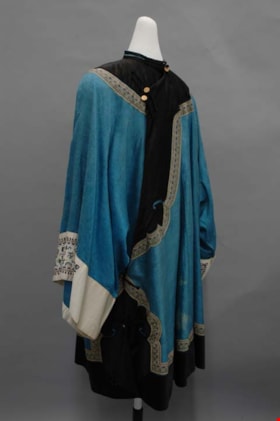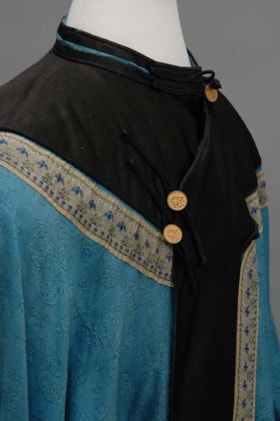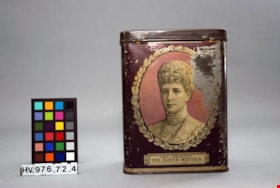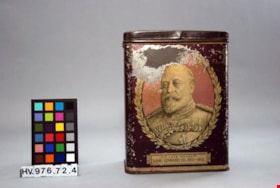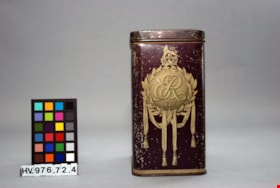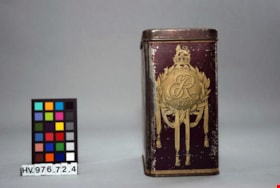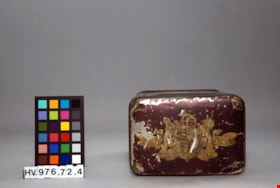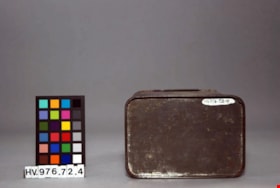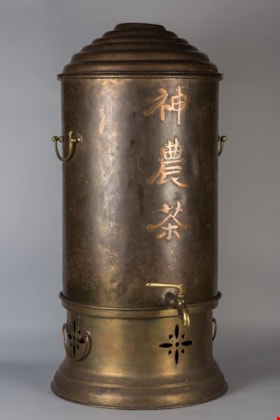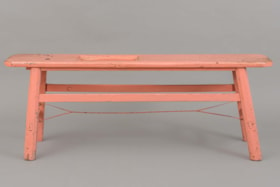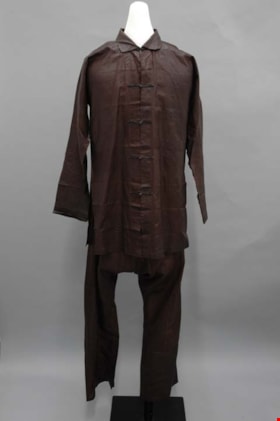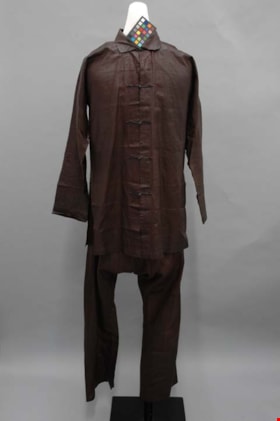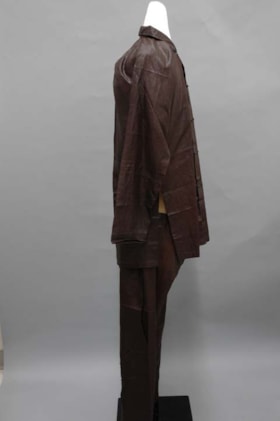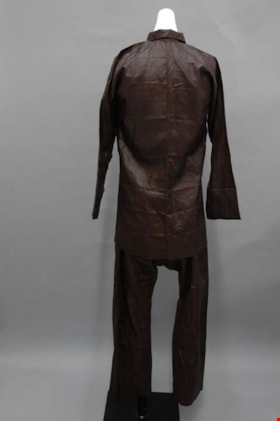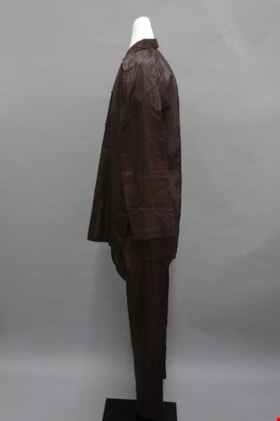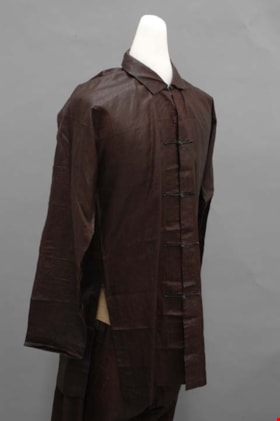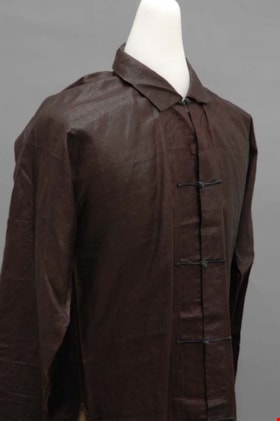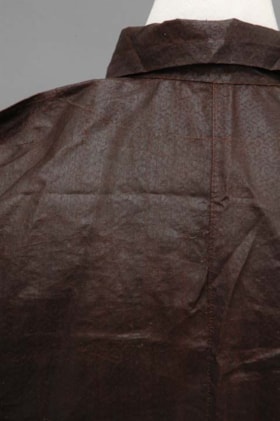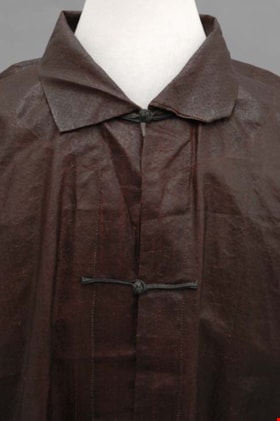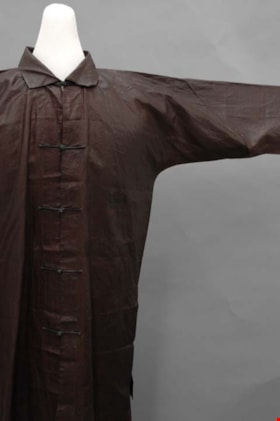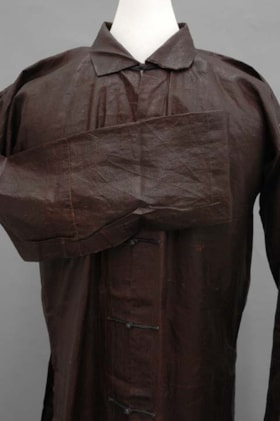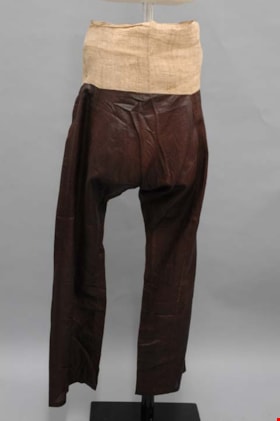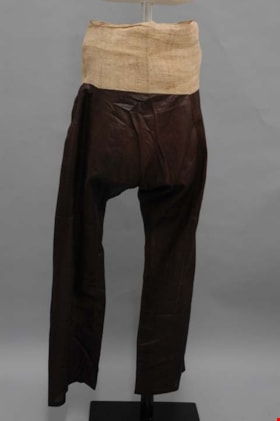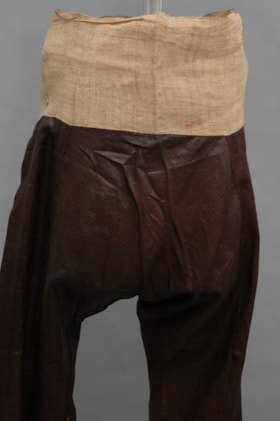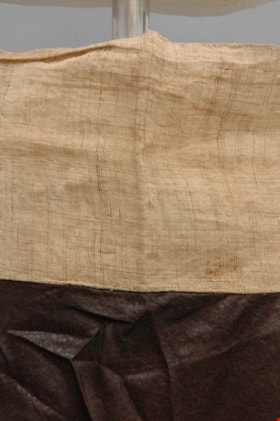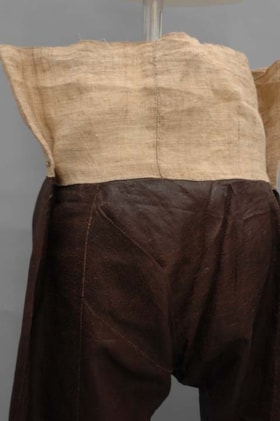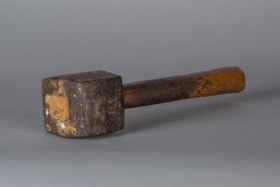More like 'adze blade'
Narrow Results By
Decade
- 2020s 70
- 2010s 59
- 2000s 622
- 1990s 229
- 1980s 161
- 1970s 384
- 1960s 117
- 1950s 154
- 1940s 177
- 1930s 163
- 1920s 108
- 1910s 50
- 1900s 54
- 1890s 17
- 1880s 5
- 1870s 4
- 1860s 3
- 1850s 1
- 1840s 1
- 1830s 2
- 1820s 1
- 1810s 1
- 1800s 1
- 1790s 2
- 1780s 1
- 1770s 1
- 1760s 1
- 1750s 1
- 1740s 1
- 1730s 1
- 1720s 1
- 1710s 1
- 1700s 1
- 1690s 1
- 1680s 1
- 1670s 1
- 1660s 1
- 1650s 1
- 1640s 1
- 1630s 1
- 1620s 1
- 1610s 1
- 1600s 1
Subject
- Adornment 4
- Adornment - Jewelry 1
- Adornment - Lapel Pins 3
- Advertising Medium 6
- Advertising Medium - Poster 1
- Advertising Medium - Signs and Signboards 11
- Aerial Photographs 1
- Agricultural Tools and Equipment 3
- Agricultural Tools and Equipment - Gardening Equipment 1
- Agriculture 10
- Agriculture - Crops 3
- Agriculture - Farms 32
jug
https://search.heritageburnaby.ca/link/museumartifact14466
- Repository
- Burnaby Village Museum
- Accession Code
- HV984.21.78
- Description
- Earthenware brown jug with sloped shoulders and rounded shape, flat on bottom. Raised round hole in middle of top; smaller hole for pouring spout near top. Artifact is third from left in photograph.
- Object History
- Objects in this accession were inherited by donor from the estate of her parents, Leslie and Ina Morrow of Vancouver.
- Note in accession file states: "Stoneware pots & glass bottles found at cook campsite of shingle bolt camp on McNab Creek operating about turn of century. Found about 1970.".
- Classification
- Chemical T&E
- Measurements
- 12.5 cm height x 10.5 cm diameter
Images
hand maul
https://search.heritageburnaby.ca/link/museumartifact15555
- Repository
- Burnaby Village Museum
- Accession Code
- HV983.32.13
- Description
- Nipple topped stone maul. Nipple topped stone maul. It has a crack through the entire shaft and the two halves look of different colour and stone type. There is a large chip missing along the crack.
- Object History
- The donor was of European decent and was given this maul by an unidentified person. In general, hand mauls are used in woodworking todrive antler wedges or spreading sticks into logs and split planks. They were also used in combination with chisels for detail work. Their presence at an archeological site is viewed as evidence of long term habitations. They are associated with house building, canoe building, housepost and welcome figure carving. Nipple top hand mauls are identified as Marpole Culture (400 BC - 400 AD).
- Country Made
- Canada
- Province Made
- British Columbia
- Culture
- First Nations
- Subjects
- Persons
- Indigenous peoples - British Columbia
- Woodworking Tools and Equipment
- Woodworking Tools and Equipment - Maul
Images
Documents
stone anchor
https://search.heritageburnaby.ca/link/museumartifact15961
- Repository
- Burnaby Village Museum
- Accession Code
- HV983.60.1
- Description
- Smooth gray stone with a irregularly shaped hole on the narrower end of the stone.
- Object History
- Anchor used to secure a house post, or post supporting a wall. Large stone with hole through center,
Images
Documents
cup
https://search.heritageburnaby.ca/link/museumartifact16750
- Repository
- Burnaby Village Museum
- Accession Code
- HV980.2.42
- Description
- Orange porcelain cup with yellow, green, and pink floral pattern; white inside. Artifact is second from left in photograph.
- Classification
- Chemical T&E
- Measurements
- 5 cm height x 5 cm diameter
Images
paddle
https://search.heritageburnaby.ca/link/museumartifact16839
- Repository
- Burnaby Village Museum
- Accession Code
- HV980.2.131
- Description
- Men’s paddle carved from cedar wood. The shaft is flattened with a "T" style grip mortised at top The blade is flat with one side of the tip missing. There are other cracks in the blade.
- Object History
- Style of blade indicates it is a man’s paddle, for everyday use (see Barnett 1955:116). Anthropologist Homer Barnett notes: “Paddles were made of yellow cedar, yew, and maple. Those of maple and cedar were painted, the man’s being black and the woman’s red. A smoky pitch fire and oil gave an impenetrable black (116). Men’s paddles had a crutch or crosspiece handle – either one piece or doweled on. There were different shapes of paddles for women, steering, sealing and night hunting.
- Marks/Labels
- "Yale" written on tag.
- Country Made
- Canada
- Province Made
- British Columbia
- Site/City Made
- Yale
- School/Style
- Coast Salish
Images
Documents
hunting bow
https://search.heritageburnaby.ca/link/museumartifact16840
- Repository
- Burnaby Village Museum
- Accession Code
- HV980.2.132
- Description
- Small maple hunting bow. A leather thong is tied to one end of the bow. It is loose at the other end, although, there is a knot that could slip over the bow. There are traces of green paint on the wood. Interior Salish: Nlaka’pamux: Spuzzum First Nation
- Object History
- Homer Barnett writes about Coast Salish bows: “the main hunting bow did not differ from the one used in fighting. It was made of yellow cedar root when this wood could be obtained from the mountains. The trunk wood was also used. An alternative was yew. Inferior bows for ducks and other birds were made from hardhack. Bows were about three or four feet long/ The were rather flat and were about the breadth of three fingers at the widest parts on either side of the grip, which was constricted and slightly thicker. They tapered from the centre towards both ends. The ends were curved away from the holder for a better string purchase (1955:100)
- Plant fibres were seldom made into bow strings. More common were two-ply cords of sinew or gut. Atypically, a skin thong was used (1955:101).
- Marks/Labels
- There is writing inscribed on the inside of the bow, which reads: “1925" "Made for me by Spuzzum chief.”
- Country Made
- Canada
- Province Made
- British Columbia
- Site/City Made
- Spuzzum
- School/Style
- Coast Salish
- Culture
- Nlaka'pamux
Images
Documents
storage basket
https://search.heritageburnaby.ca/link/museumartifact17680
- Repository
- Burnaby Village Museum
- Accession Code
- HV978.2.12
- Description
- Rectangular coiled cedar root basket with cedar slat foundation. Parallel slat construction for lid, which is covered in beaded designs. Overcast handles attach to the front and back of basket at both ends. Conoid lid fits overtop of the basket, rather than lying flat. Basket body is completely imbricated with canary grass, black-dyed and red cherry bark. This amount of decoration more common on older pieces and was used to protect the surface of the basket. Leather hinges attach lid to body of basket and there are leather ties at front on lid and body of basket. Possible ladder design. Interior Salish: Nlaka’pamux
- Country Made
- Canada
- Province Made
- British Columbia
- Culture
- Nlaka'pamux
Images
Documents
basket
https://search.heritageburnaby.ca/link/museumartifact17681
- Repository
- Burnaby Village Museum
- Accession Code
- HV978.2.13
- Description
- Nut-shaped, coiled cedar root basket with cedar root foundation and watch-spring base and lid construction. Hinged lid is attached with leather ties. Covered in beading, where in the decorative elements are laid flat on surface, rather than folded into cedar root stitches as is done with imbrication. Designs are in red and black dyed cherry bark. Interior Salish: Nlaka’pamux
- Object History
- Nut-shaped baskets are identified as one of the oldest types by Haeberlin and Teit (1928: 202-3). They were used for storing berries and were also common work baskets for women, used to hold small tools – awls, thread, shells, trinkets and other odds and ends (202).
- Country Made
- Canada
- Province Made
- British Columbia
- Culture
- Nlaka'pamux
Images
Documents
projectile point
https://search.heritageburnaby.ca/link/museumartifact19193
- Repository
- Burnaby Village Museum
- Accession Code
- BV002.57.6
- Description
- Projectile point, stone; rounded end. Bifacially flaked – stone removed on both sides of the point; basalt and lead shaped
- Object History
- The donor inherited this artifact from his mother, Katherine Maude (Kitty) Peers, who inherited them from her father, Louis Claude Hill. The artifacts were found on his farm, Brookfield Farm, at Douglas Road and Sperling Avenue (now site of Burnaby Village Museum).
- Culture Phase: Possibly Locarno Beach phase (3520 -2200 Before Present)
- Historic Neighbourhood
- Burnaby Lake (Historic Neighbourhood)
Images
Documents
projectile point
https://search.heritageburnaby.ca/link/museumartifact19194
- Repository
- Burnaby Village Museum
- Accession Code
- BV002.57.7
- Description
- Projectile point, stone; indented on one side. Triangular stemmed projectile point
- Object History
- The donor inherited this artifact from his mother, Katherine Maude (Kitty) Peers, who inherited them from her father, Louis Claude Hill. The artifacts were found on his farm, Brookfield Farm, at Douglas Road and Sperling Avenue (now site of Burnaby Village Museum).
- Culture Phase: Possibly Locarno Beach phase (3520 -2200 Before Present)
- Geographic Access
- Deer Lake Avenue
- Historic Neighbourhood
- Burnaby Lake (Historic Neighbourhood)
- Planning Study Area
- Burnaby Lake Area
Images
Documents
projectile point
https://search.heritageburnaby.ca/link/museumartifact19195
- Repository
- Burnaby Village Museum
- Accession Code
- BV002.57.8
- Description
- Projectile point, stone. Lancelot, parallel stemmed – stem has straight sides (squared off appearance).
- Object History
- The donor inherited this artifact from his mother, Katherine Maude (Kitty) Peers, who inherited them from her father, Louis Claude Hill. The artifacts were found on his farm, Brookfield Farm, at Douglas Road and Sperling Avenue (now site of Burnaby Village Museum).
- Longer points like this were used on spears; sometimes in combination with a tool called an atl atl (spear thrower).
- Culture Phase: Possibly Locarno Beach phase (3520 -2200 Before Present)
- Historic Neighbourhood
- Burnaby Lake (Historic Neighbourhood)
Images
Documents
medallion
https://search.heritageburnaby.ca/link/museumartifact19364
- Repository
- Burnaby Village Museum
- Accession Code
- HV977.37.16
- Description
- Medallion, bronze, round. Double profile portraits of King Edward VII and Alexandra on one side; on reverse is coat-of-arms.
- Object History
- Edward VII was the eldest son of Queen Victoria and ascended the throne on January 22, 1901 upon Victoria's death. Born in 1841 he had to wait a long time to succeed to the throne. He married Princess Alexandra of Denmark in 1863 who bore him three sons and three daughters. The coronation was originally scheduled for June 26, 1902, but Edward had to undergo an emergency appendectomy operation, so the coronation was postponed until August 9, 1902.
- From the family home of Thomas Seaborn McNair and Mary Vida (nee McMillan) McNair who lived on West 33rd Avenue in Vancouver. Thomas McNair ran Edwards, McNair and Russell, an established estate agent business.
- Marks/Labels
- Around portraits; "KING EDWARD VII" "EMPEROR OF INDIA" and "ALEXANDRA HIS QUEEN". On reverse, under the coat-of-arms "KYANNOORTYS CHEUSTHIE JEH KYANNOORTIES", and around edge; "DOUGLAS CELEBRATES THE CORONATION JUNE 26-1902".
Images
medallion
https://search.heritageburnaby.ca/link/museumartifact19368
- Repository
- Burnaby Village Museum
- Accession Code
- HV977.37.20
- Description
- Medallion, metal, round; portrait of King Edward VII. On reverse is a coat-of-arms; the medallion hangs from bar featuring a crown with "E R" and three maple leaves under it.
- Object History
- Edward VII (succeeded January 22, 1901, crowned August 9, 1902; originally set for June 26, 1902, postponed due to King's illness).
- From the family home of Thomas Seaborn McNair and Mary Vida (nee McMillan) McNair who lived on West 33rd Avenue in Vancouver. Thomas McNair ran Edwards, McNair and Russell, an established estate agent business.
- Marks/Labels
- "CORONATION CELEBRATION" "KING EDWARD VII" "JUNE 26TH" "1902" with portrait of King Edward. On reverse is a coat-of-arms "HONI SOIT QUI MAL Y PENSE", and "DIEU ET MON DROIT" under coat-of-arms. "SCHWAAB, MILWAUKEE" is under and around the coat-of-arms. The medallion hangs from bar featuring a crown with "E R" and three maple leaves under it.
Images
button pin
https://search.heritageburnaby.ca/link/museumartifact19369
- Repository
- Burnaby Village Museum
- Accession Code
- HV977.37.21
- Description
- Badge, button, round, very small. Coloured portrait of King Edward VII and Queen Alexandra on gold background. Stamp on back reads "ALLIED PRINTING / NEWARK / UNION LABEL / TRADES COUNCIL / 3".
- Object History
- From the family home of Thomas Seaborn McNair and Mary Vida (nee McMillan) McNair who lived on West 33rd Avenue in Vancouver. Thomas McNair ran Edwards, McNair and Russell, an established estate agent business.
- Marks/Labels
- On reverse, "Buttons made by The Whitehead & Hoag Co. Newark, N.J., U.S.A." "Pat. April 14, 1896, July 21, 1896". Also on the back is a partial printing mark; "ALL'ED PRIN..." "TRADES UNION LABE... ....3" "NEW..."
- Maker
- Whitehead & Hoag Company
- Country Made
- United States of America
- Province Made
- New Jersey
- Site/City Made
- Newark
- Patent Date
- April 14, 1896, July 21, 1896
Images
mancho suit
https://search.heritageburnaby.ca/link/museumartifact21316
- Repository
- Burnaby Village Museum
- Accession Code
- HV976.49.1
- Description
- Mancho suit; kimono-style jacket and two wrap-around panel skirts. Blind embroidery on jacket.
- Object History
- Item dates from before the 1900s, possibly as early as the 1860s. Was likely made for a wealthy Chinese family, rather than being produced for the tourist market.
Images
tin
https://search.heritageburnaby.ca/link/museumartifact22062
- Repository
- Burnaby Village Museum
- Accession Code
- HV976.72.4
- Description
- Tin. Commemorative, metal box with hinged lid. Lid has gold coat-of-arms. Front has portrait of King Edward VII. Back of tin has portrait of Queen Mother. Both sides of the tin are same, and include circle with "ER VII".
- Object History
- Edward VII (Albert Edward; 9 November 1841 – 6 May 1910) was King of the United Kingdom and the British Dominions, and Emperor of India from 22 January 1901 until his death on 6 May 1910.
- Marks/Labels
- On lid "DIEU ET MON DROIT". Under portraits "HIS LATE MAJESTY" "KING EDWARD VII, 1901-1910.", and "HER MAJESTY THE QUEEN MOTHER". Both sides of the tin feature "ER VII".
Images
samovar
https://search.heritageburnaby.ca/link/museumartifact23354
- Repository
- Burnaby Village Museum
- Accession Code
- HV976.225.2
- Description
- Metal Chinese tea samovar consisting of base, reservoir with tap, and lid; 3 Chinese characters placed vertically on reservoir; metal handles on base and on side of reservoir.
- Object History
- Samovar from the Kwong Chai Tong Herbalist shop, located at 122 East Pender Street in Vancouver's Chinatown. The business was founded in ca. 1915 by Lim Butt. The business was later ran by his son, Lim Bong. The samovar was situated on the counter of the shop, filled with an herbal brew which customers could pour off and drink for a small sum of money. The top portion is the resevoir for the Herbal tea. The lower portion is where the fire was in order to keep the tea warm. Vessel was used to store herbal tea which was offered to visitors for maintaining the balance of their body. Shen Nong is a deity in Chinese religion, a mythical sage ruler of prehistoric China; he has been thought to have taught the ancient Chinese not only their practices of agriculture, but also use of herbal drugs. “Shennong” can also be taken to refer to his people, the Shennong-shi (Shennong Clan). According to legend, tea was first discovered by Shennong over two thousand years ago. It is written in Classic of Tea that, "The tea drinking tradition began with Shen Nong and actively developed by the Duke of Zhou." Tea was used in ancient China. It is said that Shen Nong, the God of Medicine who tasted all herbs was poisoned by 72 different plants everyday. He relied on tea to neutralise the toxins. As for how he discovered this plant which can treat all sorts of ailments, there are many different versions.
- Classification
- Chemical T&E
- Marks/Labels
- Label contains 3 Chinese characters that are translate to: Shen Nong Cha (the God of Medicine’s tea). Product is a medicinal tea brand name which uses more than 10 types of herbs to make the tea. Consumed to relieve symptoms of a cold. Often consumed during the summer months to help someone stay cool.
- Measurements
- 60 cm height x 30 cm diameter
Images
bench
https://search.heritageburnaby.ca/link/museumartifact23363
- Repository
- Burnaby Village Museum
- Accession Code
- HV976.225.11
- Description
- Herb planing bench. Painted pink
- Object History
- Planing bench made by Lim Bong, proprietor of the Kwong Chai Tong herbalist shop at 122 East Pender Street in Vancouver's Chinatown. According to donor, "it is typical of those used in China for many generations".
- Subjects
- Persons - Chinese Canadians
Images
jacket and pants
https://search.heritageburnaby.ca/link/museumartifact23662
- Repository
- Burnaby Village Museum
- Accession Code
- HV975.4.1
- Description
- Jacket and pants, man's, dark maroon/brown, Chinese; jacket has Mandarin collar. Fabric is an open weave used for summer pattern suggesting waves or clouds. glaising on outside. hand stitched Hip piece waistband of pants is ramie? Jacket is western influenced but pants are traditional.
- Subjects
- Persons - Chinese Canadians
Images
Chinese hammer
https://search.heritageburnaby.ca/link/museumartifact23690
- Repository
- Burnaby Village Museum
- Accession Code
- HV975.5.30
- Description
- Metal hammer with wooden handle.
- Object History
- This item originates from the Chinese Herbalist Store “Way Sang Yuen Wat Kee & Co.”, Victoria B.C. This item is used for crushing hard materia medica such as the Carapace/Plastron of turtle. It is used for loosening the dense materia medica such as roots or to crush a large amount of materia medica.
- Classification
- Chemical T&E
- Measurements
- 5 cm height x 17 cm long
